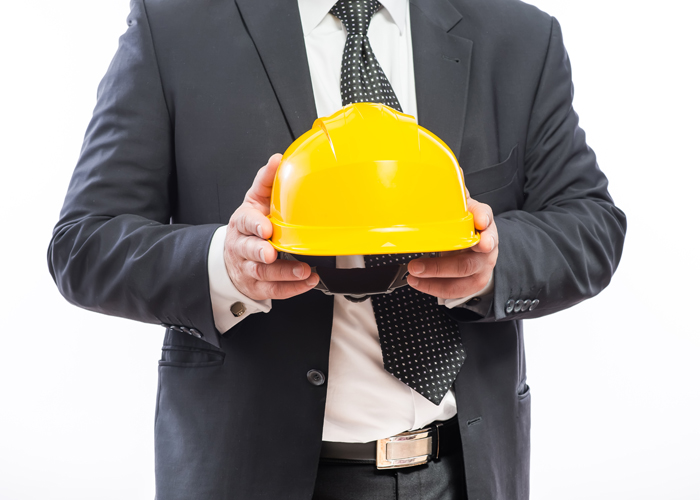Safety Culture and Safety Climate
A safety culture can be compared to a river which is fed by tributaries large and small, some of which have disappeared over the years. Although the river may look tranquil on the surface, there are many undercurrents moving in different directions; yet still the river moves onward. Sometimes there is great turbulence and swift movement, while at other times the water looks almost static.
In order to develop and sustain an effective safety culture that will look after the well-being of people we need:
- To see the world through their eyes
- To walk in their footsteps
- To draw on their knowledge, experience and intellect

“The safety culture of an organisation is the product of individual and group values, attitudes, perceptions, competencies and patterns of behaviour that determine the commitment to, and the style and proficiency of, an organisation’s health and safety management. Organisations with a positive safety culture are characterised by communications founded on mutual trust, by shared perceptions of the importance of safety and by confidence in the efficacy of preventive measures”.
Safety Culture has also been expressed colloquially as “the way we do things around here”.
It is important to understand that the further up the line management tree we find pockets of poor safety culture, the more serious the problem. Changing culture is not easy. It must be acknowledged that people living and working or coming from different cultural backgrounds will react differently in similar circumstances.
A successful safety culture can only be generated when everyone in the organisation buys in. The commitment of Directors and Senior Management is essential and it is probably the most significant contribution they can make to establishing high standards of health and safety.
Developing a strong safety culture will lead to a good health and safety climate.
Safety climate exists at a more localised level, and provides a tangible focus for the assessment of some aspects of safety culture.
This term is frequently used to describe the tangible outputs or indicators of an organisation’s health and safety culture as perceived by individuals or work groups at a point in time. So this involves eliciting employee perceptions about organisational commitment to safety (as observed in training programmes etc.) along with the employee’s feel – good factors.
To develop and sustain a successful safety culture begins with changing behaviours.
Identify exactly what it is that distinguishes managers who are highly committed to safety from those who are not interested.
It is only then that we can ensure all managers ‘walk the talk’ to ensure your safety culture flourishes.
